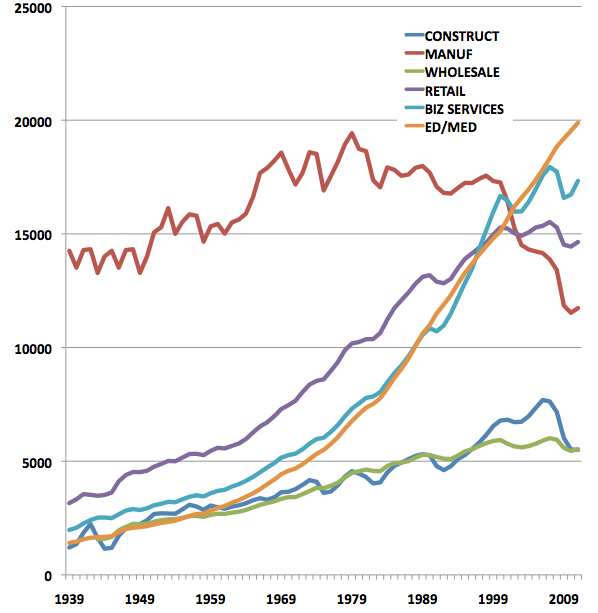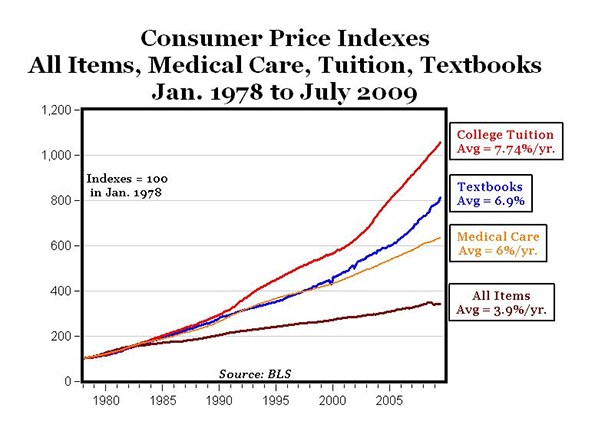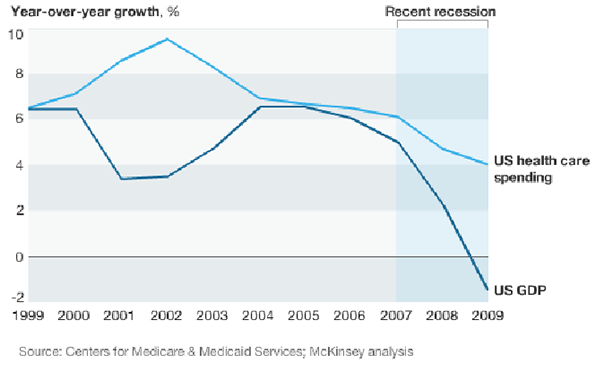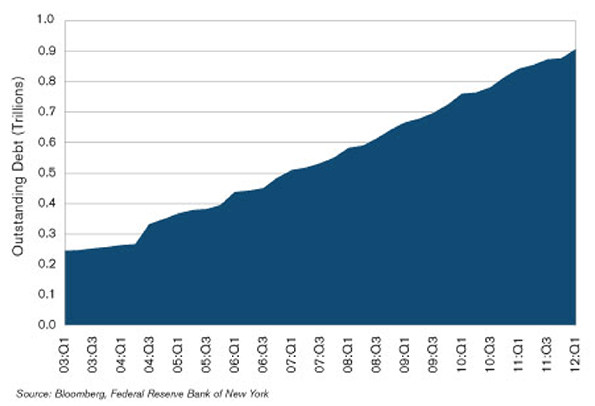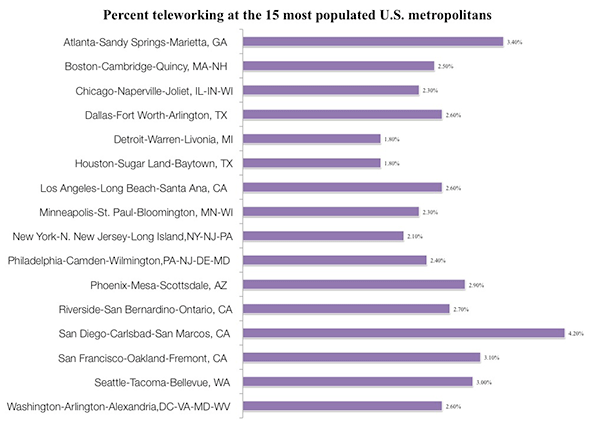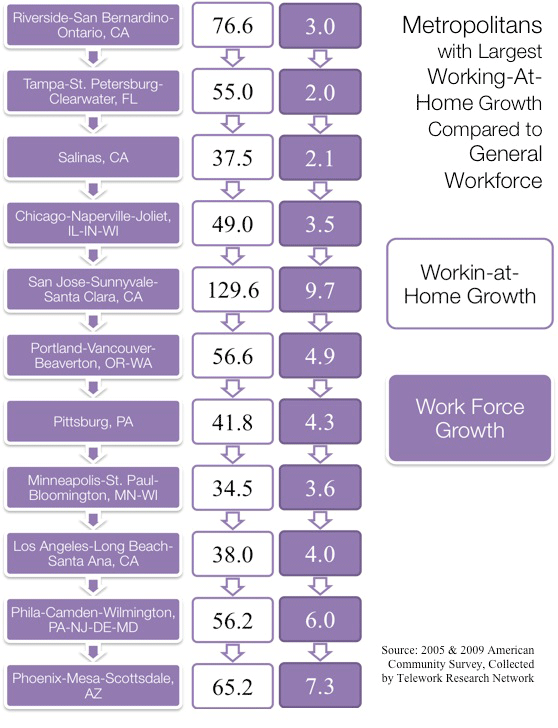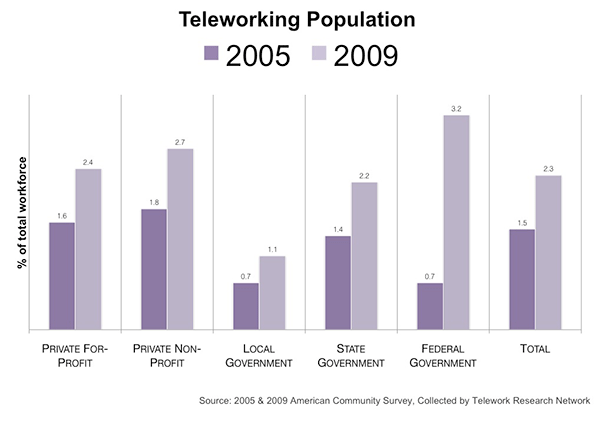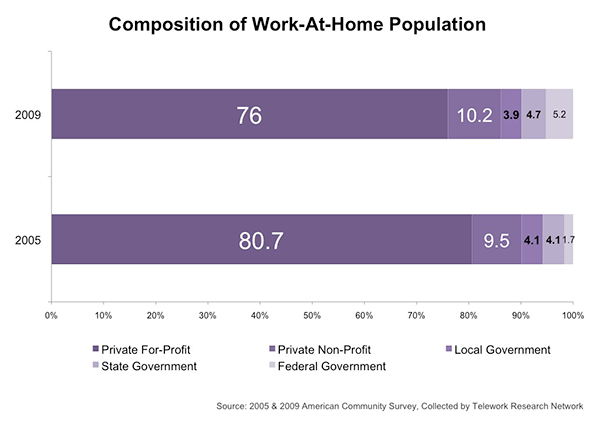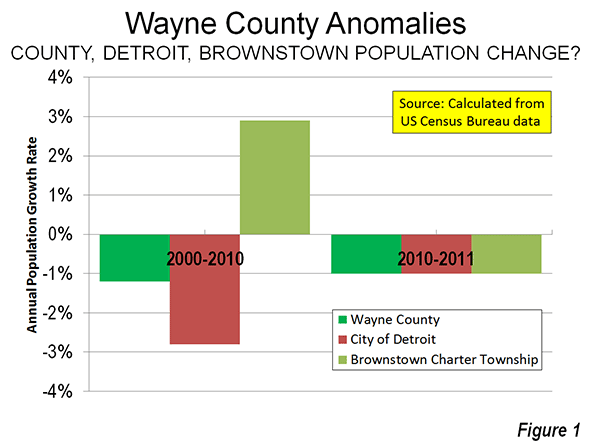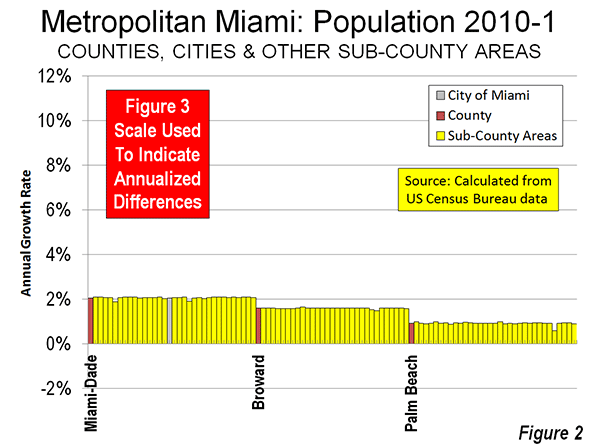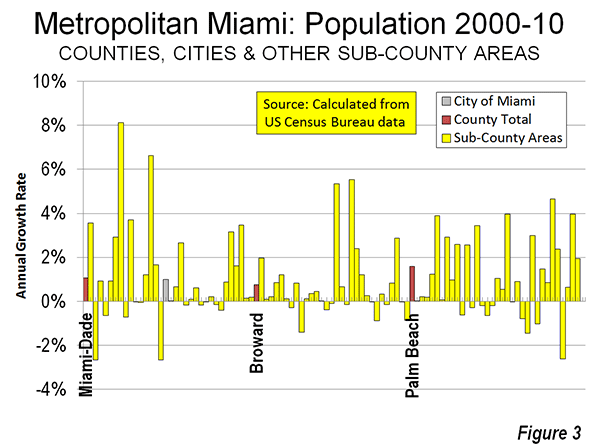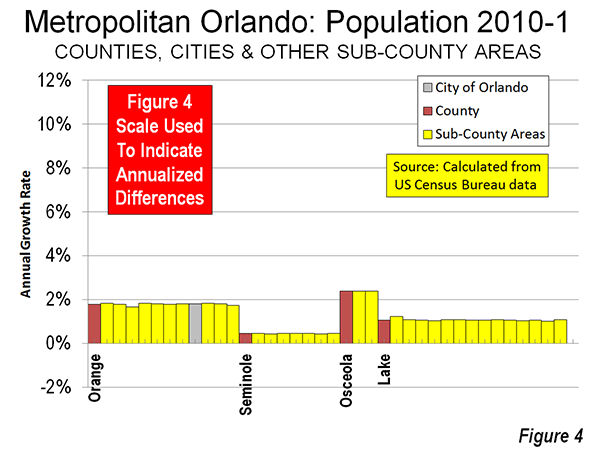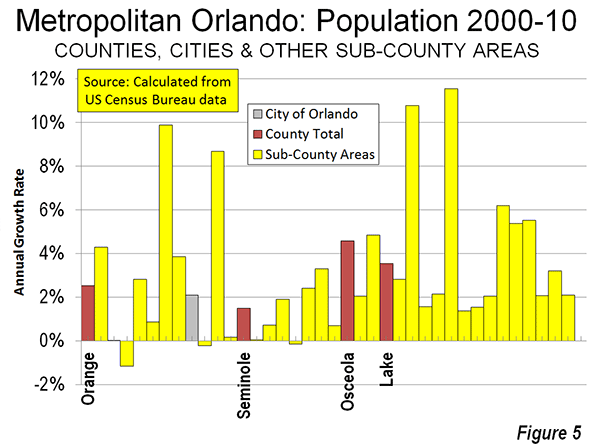“The history of cities can be described as the history of water.” — UK Urbanist Matthew Gandy, 2003
In Cebu City, the second largest city in the Philippines, that particular history is being rewritten in a way never seen anywhere before. Contrary to the well-known major municipal water privatizations of the last two decades (including that of Manila), the existing utility in Cebu City is not functionally obsolete, nor has it been systematically de-funded in order to justify a contract with a private vendor. Here, the city’s individual entrepreneurs have bypassed the municipal provider on their own.
Personal interviews with officials from the Philippine Department of Environmental Resources, the University of San Carlos Water Resources Department, the Metropolitan Cebu Water Department, residents, business owners, and other civic leaders reveal much about the water politics in this physically small but densely packed city of over two million people. In 2010, tests of well and municipal water showed both the saline intrusion and bacteriological contamination that have led to the private revolution.
While water supply is certainly part of political discourse, the politics of water are rarely transparent. The public is seldom aware of the tradeoffs that are made. Governments are not about to implicitly offer a menu of choices when doing so might undermine a choice that has already been made. In the case of large scale water privatization, the money and complexity are such that contracts cannot be easily be broken without heavy losses and penalties. In 2002, the U.N. decreed that humans have a right to safe, sufficient and affordable water for personal domestic use. But this did not imply that it must be provided by the public sector. In fact, reaching international safe water goals is often the rationale used by international aid agencies to justify privatization.
Private water systems were not uncommon historically, but a shift to public control took place in the United Kingdom and elsewhere beginning in the late 19th century, when private control did not result in safe water. During the 1990s, new privatization efforts were made. State failure replaced market failure as a conceptual framework on which this could be built. Under this rubric water is a private, tradable good, and scarcity is the result of mismanagement by government entities.
Major privatization deals were made in Latin America and in Asia. Their large cities with a burgeoning middle class, and — often — failing utilities seemed to offer the perfect void for large multinational firms such as Bechtel and Suez to fill with modern and efficient delivery systems. But despite the promises of privatization, the areas least served by public regimes tended to remain so under private controls. The shift from government–as- provider back to dependence on the private sector was based on the assumption that government wastes resources because it lacks competition.
Arguments on the issue come up against the inherent difficulties in applying market value to government works. Water pricing rarely takes into account the public health benefits of safe water. And externalities like pollution and disease are impossible to price and easy to undervalue.
Cebu is one of several Asian mid-sized cities where small, private water providers thrive. These providers — hundreds of them — have taken 'small scale' to a new level: they are literally mom and pop operations. Where suppliers in other mid-sized Asian cities are part of a small network, in Cebu none of the private operations has a network. They do not complete with the Municipal Cebu Water Department, or extend its network cooperatively. Instead, all are relying on existing groundwater supplies, whether from a private well or a municipal connection.
Cebu’s water has become contaminated with a combination of saltwater intrusion and bacteriological agents. The saltwater is a result of the pumping of more water than is being recharged; the pathogens stem from the lack of a sewerage system. The private suppliers that began to appear in the middle of the last decade are actually water purifying operations. As Cebu’s water quality deteriorated precipitously and the municipal water department did not respond adequately, these suppliers appeared in every barangay. Chlorination is the sole municipal method of treatment, and while it kills most pathogens, it does nothing to reduce salinity. The private purification operations handle both problems with aplomb. The systems cost about $4,500, and in many cases were staked by remittances from relatives living abroad. They distribute purified water in containers that range in size from a single cup (or baggie) up to five gallons.
The local Carcar aquifer was once a richly productive treasure that offered a bountiful yield to the city above it. But what began with saltwater intrusion around 30 years ago has metastasized into a menace that has overwhelmed the water district's ability to respond. In its place, the private sector has moved in to meet the needs of most, but this informal hodgepodge of private businesses is not in a position to obtain the additional water supply that this rapidly growing city needs. Cebu is currently at maximum production from the Carcar aquifer. This is the reason water runs out every evening. The beach resorts on neighboring Mactan Island are already desalinating water to meet their needs.
The 2020 projection is sobering; demand in Cebu is expected to exceed twice the aquifer's estimated maximum output. What is left out of the projections is the possibility that production from the overstressed aquifer will simply collapse, due to over-pumping and contamination.
Amazingly, the humid Cebu City appears headed for the same fate as coastal locales in the arid Middle East. Ideally, sound management strategy would prevail, but absent the ability to monitor private groundwater withdrawals, this is not possible. Industrial and commercial users are already treating their water, even if they have a municipal connection. One thing is certain: Cebu City’s water supply rests on a precipice.
Does Cebu foreshadow a paradigm shift, or is it just a historical curiosity? Only the future will tell. But it is undeniable that, right now, it has the dubious distinction that, due to its inaction, it is facing a tragic fouling of its primary water resource.
As Cebu’s water supply degraded, a bureaucratic stalemate between the water district and city officials precluded action. Proposed joint public-private ventures designed to augment the water supply were never approved. It is imperative now that an additional supply is sourced, or that a large scale reverse osmosis project is undertaken without delay.
In 2005, the controversial Japanese author Masaru Emoto wrote,“Usually we drink water without paying much attention to it. We know that water is important to our life, but because of its familiarity very rarely do we consciously appreciate it.” The proud citizens of Cebu are among that very rare few who appreciate every drop they drink.
Chuck McGlynn is an assistant professor at Rowan University in Glassboro, New Jersey, whose research interests include water resources, Asian studies and aviation. He spent 15 years in aviation management at two US majors, and has worked with the University of San Carlos Water Resources Department on water supply and quality issues in Cebu City, Philippines. He resides in South Jersey with his wife, Jenny, and their six children.
Photo by the author

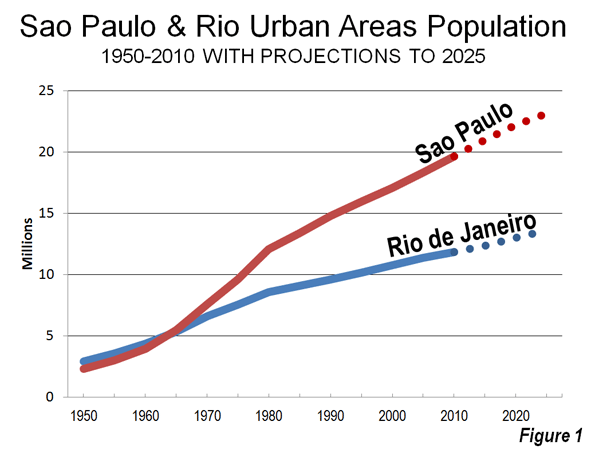

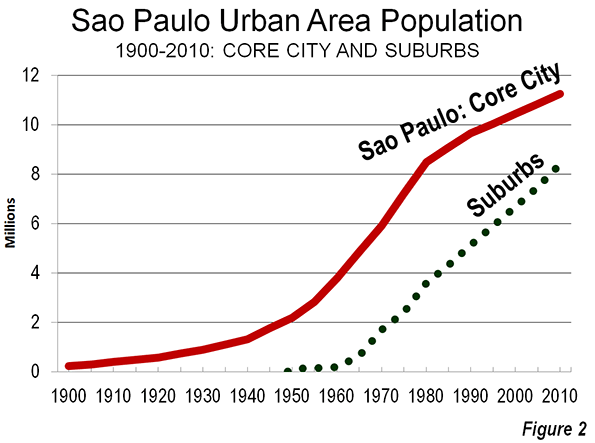
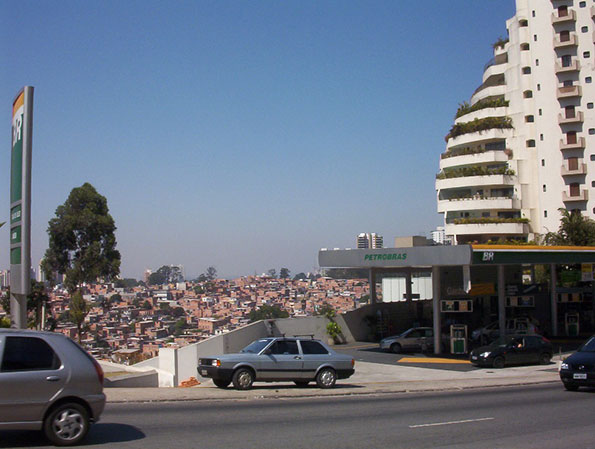 Favela and Affluence, core city of São Paulo
Favela and Affluence, core city of São Paulo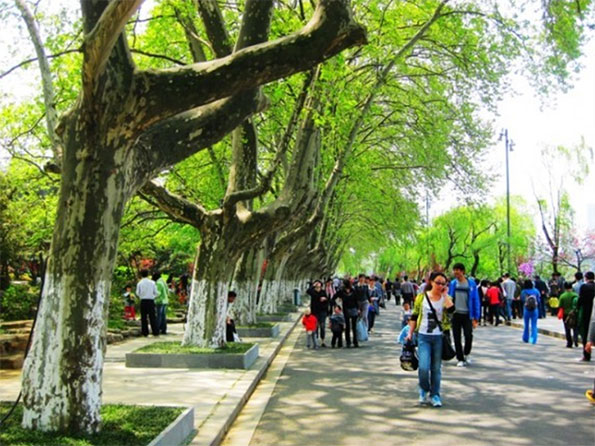
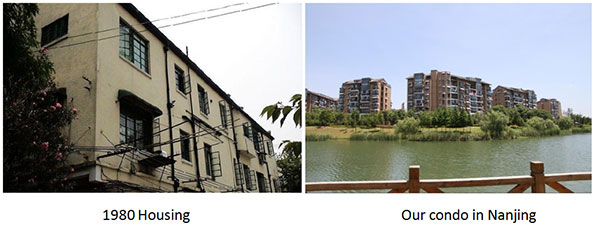
 a collection of historical travel essays. His next book is "Whistle-Stopping America".
a collection of historical travel essays. His next book is "Whistle-Stopping America".


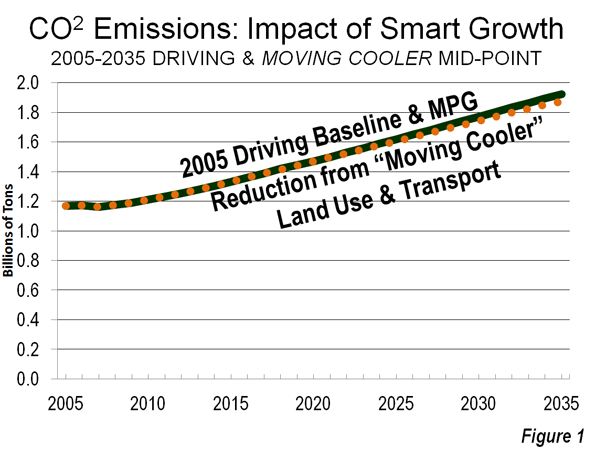
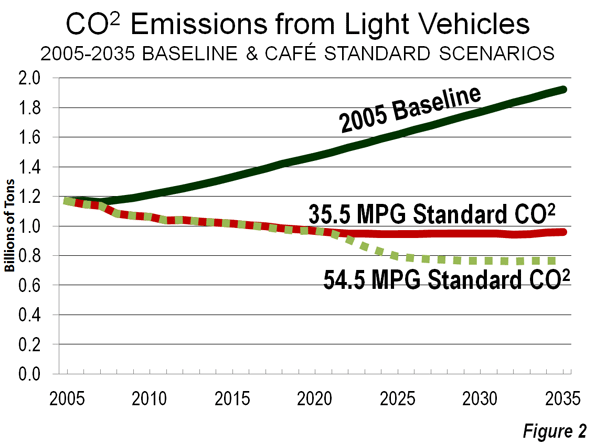
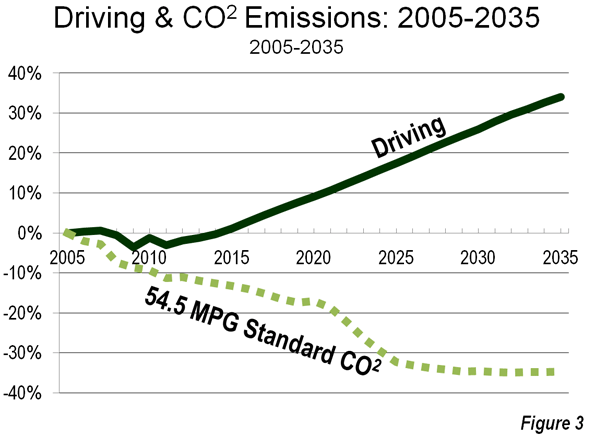
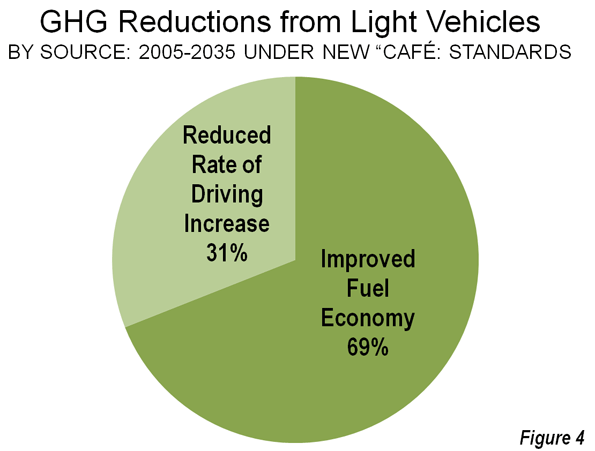
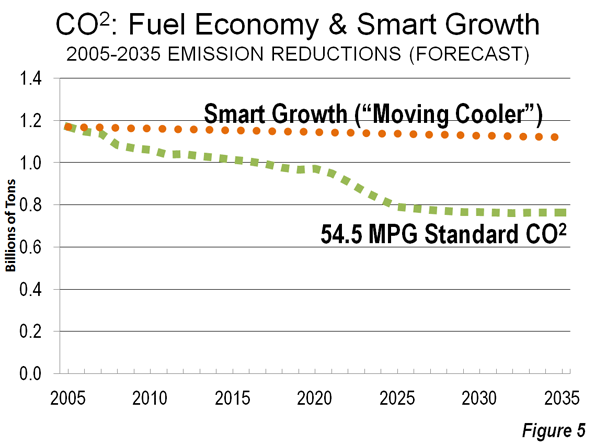



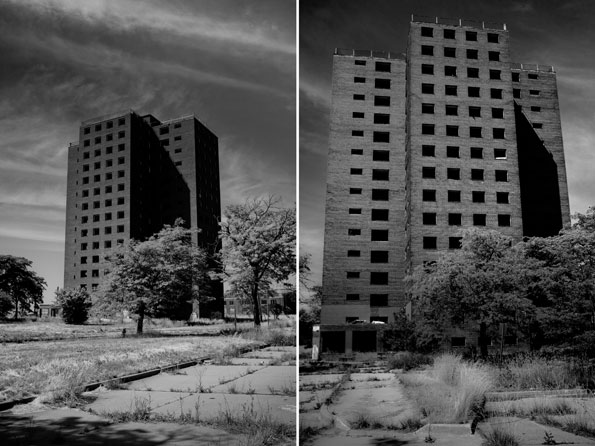



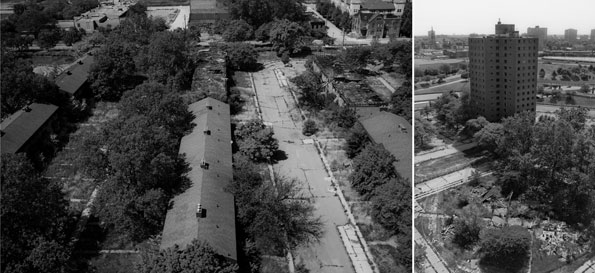

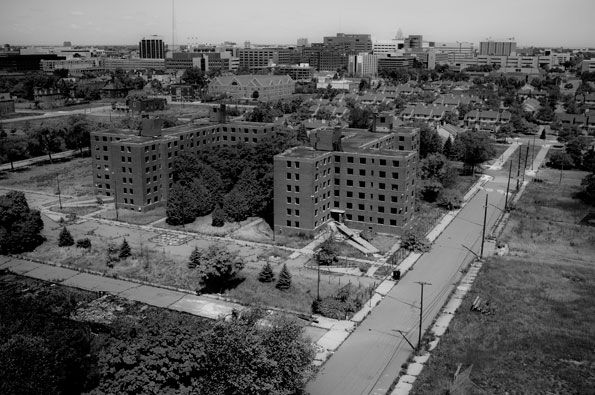
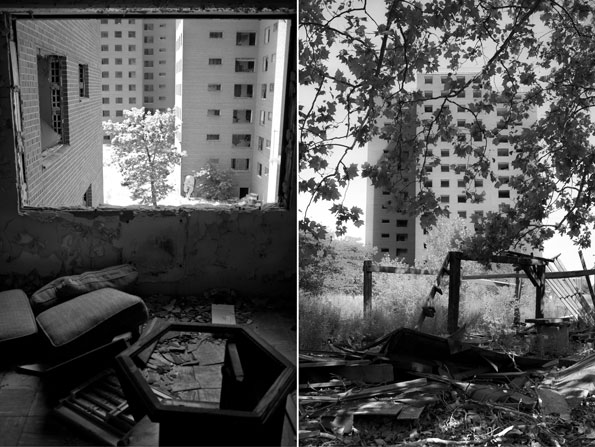

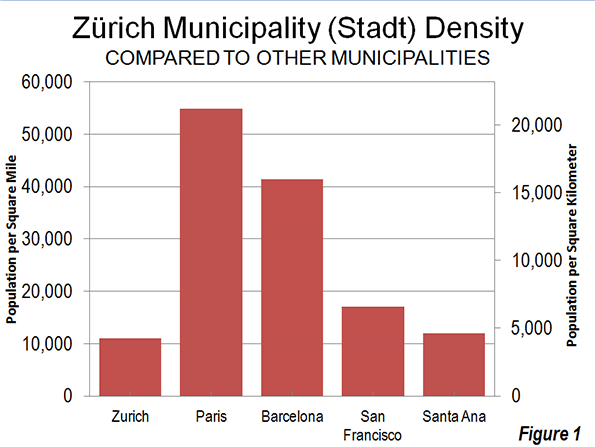
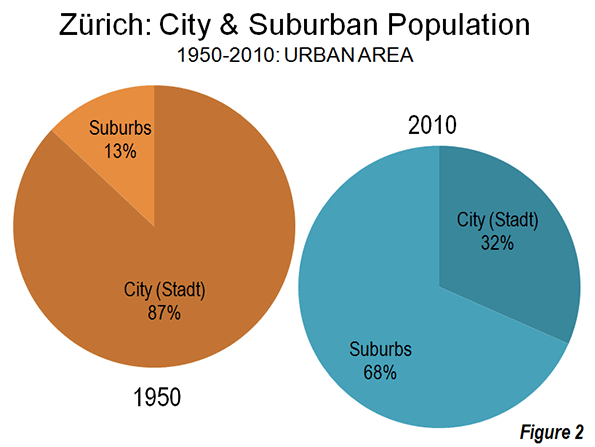
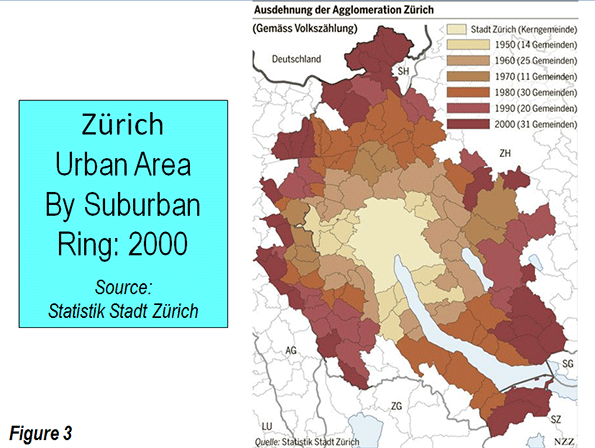
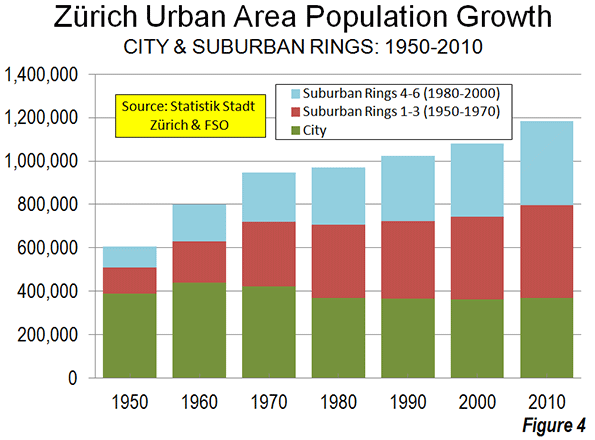
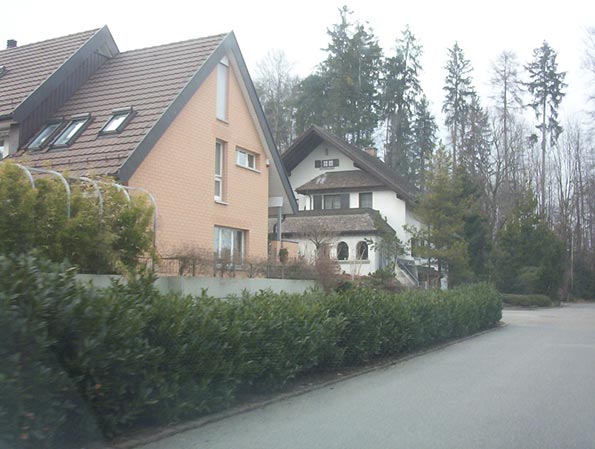 Suburbs of Zürich
Suburbs of Zürich 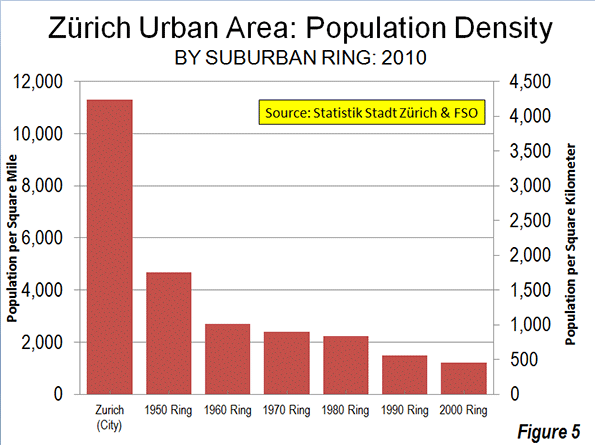
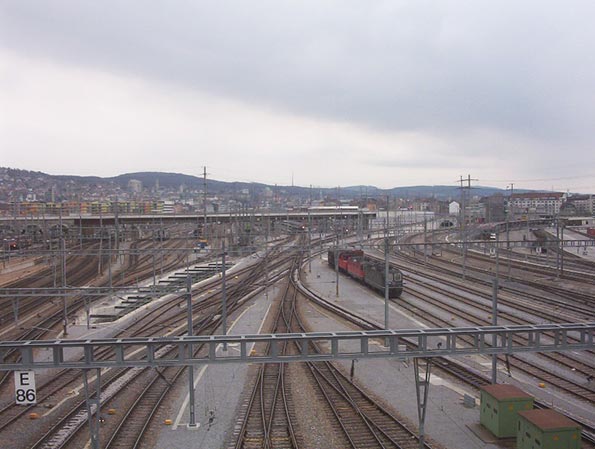 Zürich Railway Divide (from Hardbrücke)
Zürich Railway Divide (from Hardbrücke) 